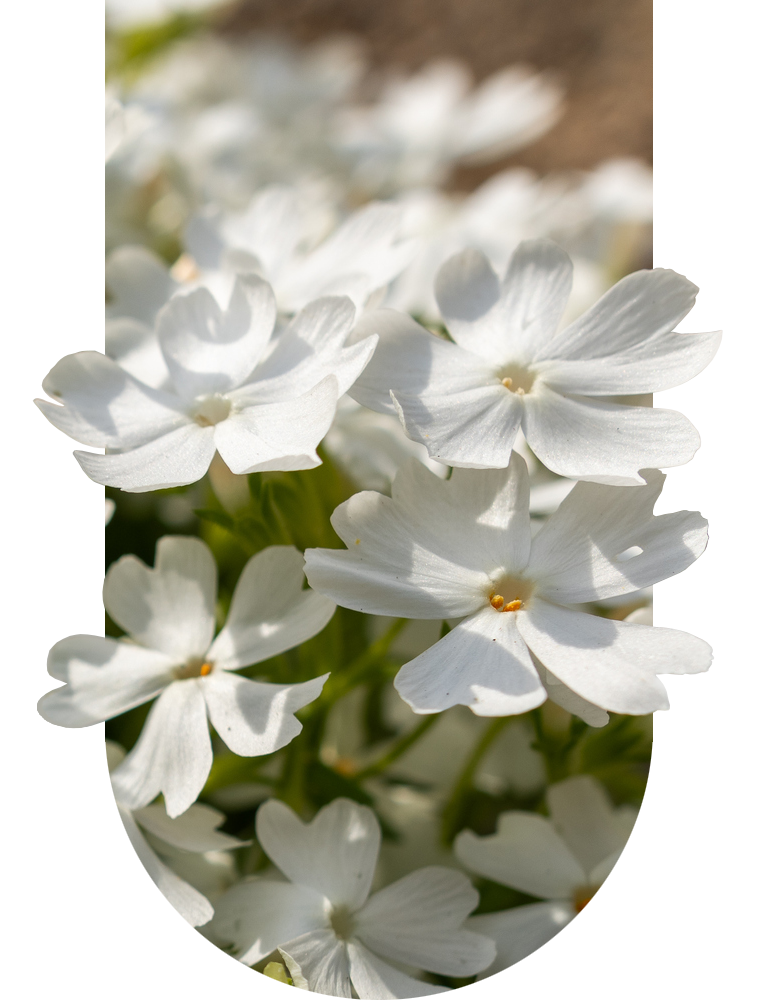Creating outdoor spaces
Since 2001
We are happy to schedule a landscape consultation, during which we will meet with you and discuss the landscape design for your home!

Connect with
Virtual Meetings, Showroom, Your Home or Business
To discuss your project details or if you’re interested in joining our growing team of landscaping professionals!
Our Past Projects
We’ll help you create a custom outdoor project to extend your living space to the outdoors and complement your home and style…
5-star ratings
Crimson Valley’s mission is to provide quality service, commitment, and satisfaction to all of our clientelle…

Welcome To
Crimson Valley Landscaping
At Crimson Valley Landscaping we are driven by our abilities to create, enhance & improve the quality of life of our clients, coworkers, and vendors. In our journey to improve personally and professionally, we will never be satisfied in our quest to be the best!

Pools
Dive into luxury with our stunning pool designs, meticulously crafted to complement your landscape, offering a refreshing escape and a focal point for outdoor gatherings.
Commercial Maintenance
Our skilled team delivers tailored solutions, enhancing curb appeal and creating inviting environments that leave a lasting impression on your clients and visitors alike.
Commercial Snow & Ice Management
Ensure safety and accessibility during winter with our prompt and reliable snow & ice management services, including snow removal, salting, and proactive planning to keep your property clear.
Landscape Design
Transform your property into a breathtaking oasis with our customized landscape designs, integrating elements like plantings, water features, and natural contours for a harmonious outdoor environment.
Hardscape Design
Elevate your outdoor space with our expertly crafted hardscape designs, including pathways, retaining walls, and patios, tailored to enhance both functionality and aesthetics.
Decks & Pergolas
Expand your living space into the outdoors with constructed decks and pergolas, blending seamlessly with your landscape while providing a perfect venue for relaxation and entertainment.



